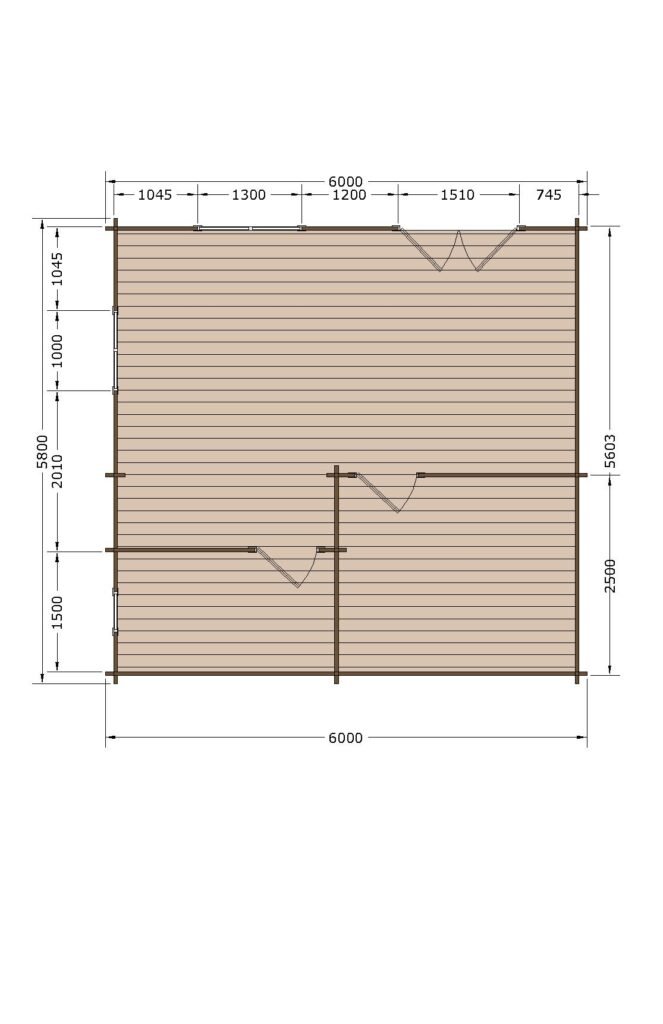
Repairing Damaged Shed Panels

Sheds require regular maintenance and repair in order to remain strong and functional. A shed may experience rot, mold, rust, pest infestation (usually by mice), water damage or structural instability over time; in such instances it may be more cost effective to replace an older shed than repair it.
Damaged Shed Panels
As part of an assessment for this shed repair project, the initial step was clearing it out; most of its contents could easily be transported into a greenhouse and the floor lifted out for inspection of damage. Once completed, an accurate view could be gained of how extensive any problems might be.
Soon it became obvious that the cladding and lower side frames had suffered serious rot, as well as significant woodworm damage. Furthermore, a section of the rear base had concrete slabs which had shifted and tilted, thus leading to water, soil, and debris flowing directly onto it from above instead of being directed off of it.
Re-laying of concrete slabs was undertaken, and 50x47mm treated wood purchased to act as replacement base rails bolted into place at the rear. A replacement cladding panel was fitted onto this using long battens at either end with one short batten in between to act as a handle from inside the shed, before finally sliding it into its final position and securing to both end battens and base rails using screws – and all this before coating with Creocote to protect from further moisture attack.
Rust
Rust can be an issue that causes leakage inside of your shed, leading to leakage of water from underneath the shed sheeting and floorboards. A straightforward way of solving this is using Gripset Betta Bitumen on the bottom sheet (before returning soil back) which provides a waterproof barrier. Alternatively, for extra rust control we suggest investing in a rust converter which will stabilise existing rust formation and stop further spread; additionally this helps divert water away from shed walls.
Pest Infestation
Sheds can provide homeowners with extra storage space, tools, sporting equipment and holiday decorations they don’t want in their house. Unfortunately, rodents, groundhogs and skunks often find these sheds to be cozy havens filled with all they need to survive; without proper shed pest control these critters may chew, burrow and destroy valuable items stored therein – potentially even leading to structural issues, rot or worse!
Wooden sheds are susceptible to infestation by rodents, termites and ants – pests which can damage both the shed itself and its contents. You can recognize a problem when chewed packaging or droppings are noticed as well as musty smells indicating infestation; nesting materials of pests (ie paper wasp or hornet nests under an eave) appear.
If your shed has an issue with pests, it’s essential that entry points be sealed as quickly as possible. Make sure all doors and windows are properly closed, check roof for leaks, add gravel to its base for water drainage purposes and reduce moisture build-up.
Finally, keeping a shed clean and organized can also help minimize pest hiding places. This can be achieved by regularly clearing away debris from the shed as well as keeping supplies, tools and other clutter out of sight. Natural deterrents like peppermint oil may help repel mice as well as many insects; diatomaceous earth also works effectively against bugs when applied directly onto baseboards or shelving edges.
Professional pest control services may be required when dealing with serious pest issues, including termite infestation and wood-boring ants infestation. An expert can identify which species is causing issues before providing advice about how best to eradicate them from your shed. They may recommend soil injection in lieu of spray, while an aerosol product might be best in treating an infestation of wood-boring ants; make sure you read and follow all directions on any products chosen for you.